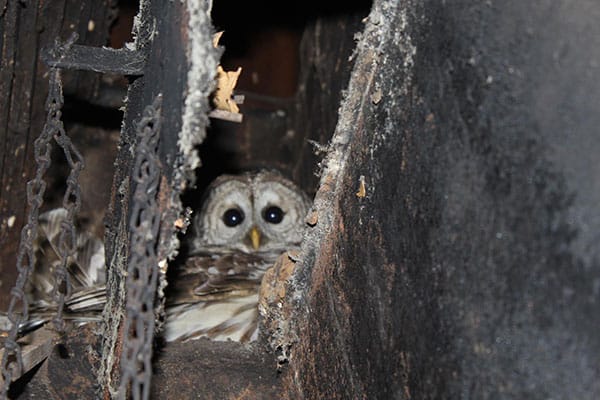Some people think that having birds, as pets, is a good idea. Others think that birds should not live in the same living quarters as humans. Despite both sides, there are some major risks that come with being around birds. Birds are notorious for carrying diseases in their droppings or even themselves.
Birds can carry many diseases, such as psittacosis and cryptococcosis. Psittacosis is an uncommon infectious disease that is often transmitted to humans from being exposed to infected birds. This disease affects the lungs while it may cause pneumonia. Additional symptoms include fever, muscle pain (myalgia), headaches, and a dry cough. Psittacosis is an infection with the bacterium, Chlamydia Psittaci, known as Ornithosis. It is rare among humans. Bird pet owners are the most likely to be affected by psittacosis. Symptoms typically start showing between five to fifteen days; symptoms will either come on abruptly or gradually. These symptoms tend to be taken as other conditions. To protect yourself from catching the disease, it is best to wear a mask and gloves to protect your hands and breathing.
Cryptococcosis is a fungal infection that is caused by inhaling the Cryptococcus Neoformans fungus. This fungus is normally found in soils enriched with pigeon droppings. It typically only affects those with a weakened immune system, particularly those who have advanced HIV/AIDS. Common symptoms based on the location:
Lungs:
- cough
- shortness of breath
- chest pain
- fever
- possible skin lesions
Brain:
- headache
- fever
- neck pain
- nausea & vomiting
- sensitivity to light
- confusion or changes in behavior
Besides the symptoms, there are more risks in those who have weakened immune systems, especially those that have advanced HIV/AIDS. Those that have received an organ transplant or taking medications for rheumatoid arthritis are at risk of catching the disease. It is difficult to avoid breathing in the bacteria because it is common in the environment. There is a small window of time for treatment before the symptoms set in. Most of the inhaling can be brought on by burning wood in the fireplace that has not been cleaned yet.
As homeowners, chimneys that are attached to the home are susceptible to housing chimney swifts. The chimney swifts will nest in the chimney flue where they will release droppings into your fireplace. Their droppings are the main source of catching these diseases. Scheduling your next chimney sweep will lower the risks of catching both diseases.

